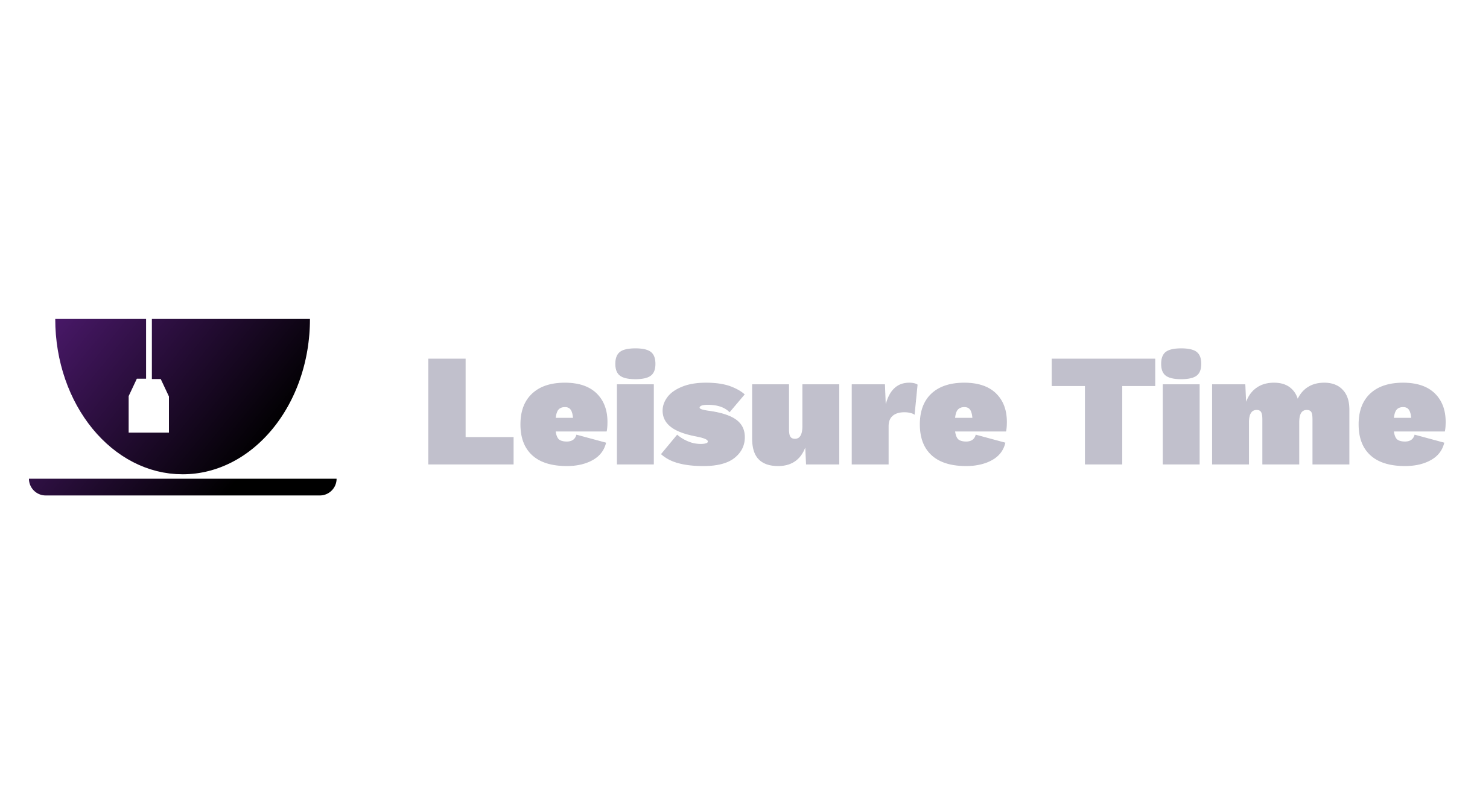There are moments in life when something that seems small—a decision at a gas pump, for example—can reveal a deeper story about how things are built and how they endure. Ethanol fuel is one of those things. Many people see it as a cleaner, greener alternative. Yet, when it comes to motorbikes, the story takes a different turn.
You see, ethanol isn’t the friendly companion every engine hopes for. Especially in older or carbureted motorcycles, its presence can slowly wear down the very parts that make these machines run. Cars, on the other hand, seem to handle it gracefully, like a well-trained dancer moving in rhythm with the music.
But why is there such a difference? Let’s uncover the truth behind it—and if you own a motorbike, discover how you can protect your ride and make smarter fueling choices that save money, time, and frustration.
Ethanol’s Secret Enemy: Material Compatibility and Corrosion
Let’s start with what your motorbike is made of. Ethanol, by nature, is a solvent—and quite a strong one. It doesn’t just sit quietly in your fuel system; it reacts. It eats away at natural rubber, cork, brass, copper, and even aluminum. These are the materials found in the fuel systems of older motorbikes, the kind that were built to last decades but not necessarily for modern ethanol blends.
Now, contrast that with modern cars. Most are equipped with ethanol-resistant plastics and synthetic rubbers, designed precisely for today’s E10 or even E15 fuels. They were built to evolve. Meanwhile, older bikes—still loyal to carburetors and classic parts—struggle silently, corroding from within as ethanol flows through their veins.
It’s not just chemistry—it’s compatibility. And when your fuel system starts to corrode, you’ll notice symptoms: rough idling, clogged jets, poor performance, or even total engine failure.
So if you love your motorbike, the question isn’t whether ethanol is “green.” It’s whether your bike is ready to handle it. And if not, it’s time to choose ethanol-free or specially treated fuels to keep it running like new.
Moisture, Time, and Trouble: How Ethanol Absorbs Water and Damages Fuel Systems
Here’s something few riders think about: ethanol is hygroscopic—it absorbs water from the air like a sponge. That might sound harmless until you realize what happens next.
When your bike sits for weeks or months—say during rainy seasons or winter—the fuel in your tank starts to pull in moisture. Over time, the ethanol-water mix can separate from the gasoline, sinking to the bottom of the tank. This “phase separation” leads to poor combustion, corrosion, and even difficulty starting the engine.
Cars, on the other hand, are usually driven daily. Their fuel doesn’t have the same chance to sit idle and absorb water. The constant use keeps the system cycling fresh fuel through the injectors, preventing buildup.
This difference in usage frequency explains a lot. Motorbikes, with smaller tanks and longer idle periods, are far more vulnerable. But don’t worry—there’s a solution.
Before storing your bike for more than a few weeks, use a fuel stabilizer or drain the tank completely. It’s a small investment that prevents big problems later. Products designed for ethanol-treated fuel are easy to find online or at local auto shops—and they can save you hundreds in future repairs.
Carburetors vs. Fuel Injection: Why Cars Adjust, But Motorbikes Struggle
If your bike still has a carburetor, here’s where things get even trickier. Carburetors are old-school—beautiful in their simplicity but blind to modern fuel chemistry. They can’t automatically adjust the air-to-fuel ratio, and ethanol has less energy density than pure gasoline.
This means your engine ends up running “lean,” with too much air and not enough fuel. The result? Reduced performance, higher temperatures, and potential engine knocking or stalling.
Cars, however, play a smarter game. Their fuel injection systems use sensors and electronic control units (ECUs) to detect ethanol levels and adjust the mixture automatically. The difference in technology is like comparing an analog watch to a smartwatch—both tell time, but only one adapts to your lifestyle.
If your bike is still carbureted, consider fuel system upgrades or at least regular cleaning and tuning. And if you’re shopping for a new ride, look for fuel-injected models—they’re more ethanol-tolerant, efficient, and require less maintenance in the long run.
Fuel Efficiency, Maintenance, and Smart Choices for Every Rider
Let’s face it: fuel efficiency matters. Ethanol contains about 30% less energy per gallon than gasoline. That means your tank won’t take you as far. For cars, the difference is manageable because they carry more fuel. But for motorbikes—with smaller tanks—the shorter range becomes a real issue.
Moreover, motorbikes often demand extra care. If you store yours for the season, you’ll need to drain the system or use a stabilizer to prevent deposits and corrosion. Meanwhile, your car, used daily, rarely needs such attention.
But every challenge brings opportunity. This is your chance to make a smarter fueling decision—one that suits your vehicle, your lifestyle, and your budget. Choose ethanol-free gasoline if possible, or use a high-quality ethanol treatment product designed for motorbikes.
With a small change in your refueling habit, you protect your bike’s performance, extend its lifespan, and ensure smoother rides every time you turn the key.
Final Thoughts: A Story About Care, Not Just Fuel
At the end of the day, this isn’t only a story about ethanol vs. gasoline. It’s a story about understanding your machine—the one that carries you through rain, wind, and freedom. Cars may have adapted to ethanol with ease, but most bikes were built in another era, with another kind of soul.
So before you fuel up, remember: sometimes, what’s modern isn’t always what’s right. Protect your motorbike. Use ethanol-safe products, maintain your fuel system, and invest in proper storage.
Because just like every lasting relationship, the bond between you and your bike thrives when built on care, not convenience.
